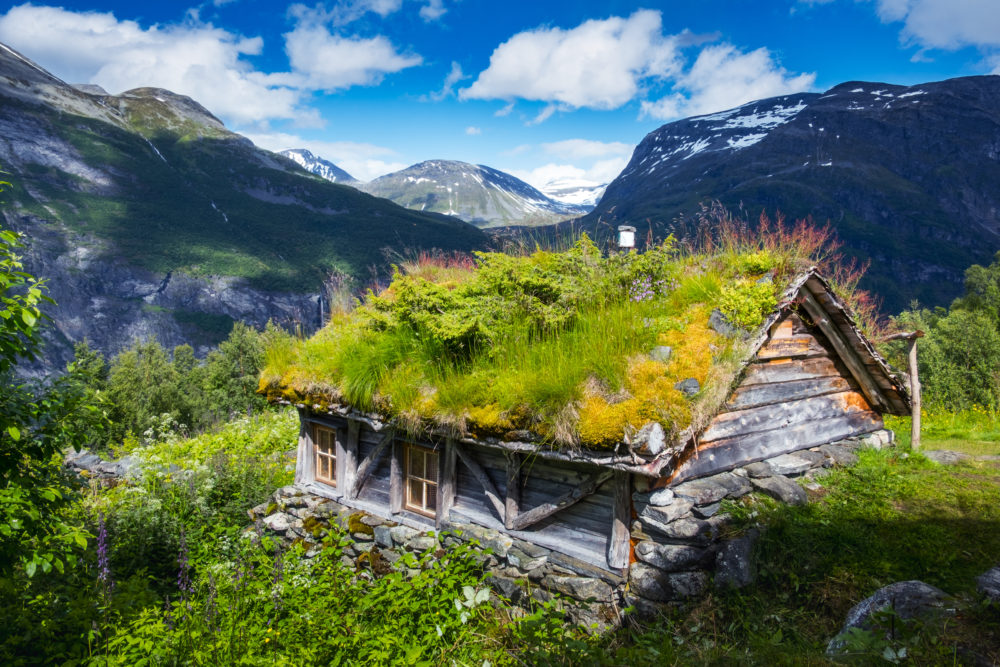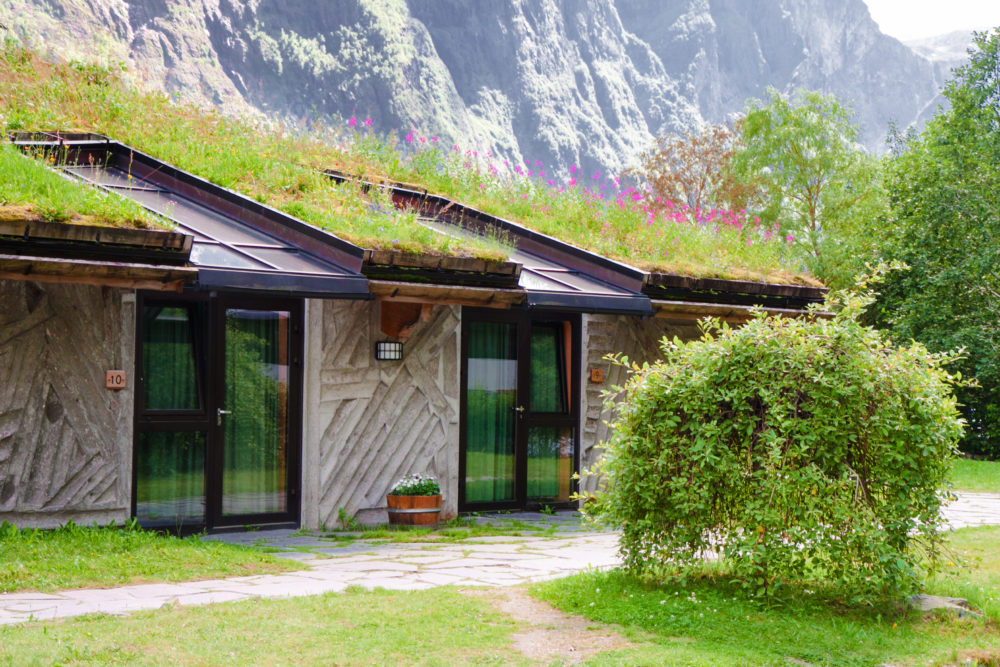
Norwegian Grass Roofs
With modern Eco roofs booming and getting more and more impressive and inventive. Reducing heating and cooling costs of buildings, giving a recreational area, even growing your own produce, green roofs can increase biodiversity and create habitat in areas that are not usually hospitable to pollinators, birds, or other wildlife. And of course look fantastic and be ultra modern. But these style roofs have been done for century’s on Norway back to the Viking times and middle ages to those not brought up in Norway it is often a big surprise when you get there and see many grass roofs in the outlying areas. This is the traditional way they used to put the roofs on their houses and have been doing so for decades. Looking into this subject is fascinating and very interesting to study so let’s delve in. So what is the real appeal to having a grass roof? There are many reasons for this and we are going to take a quick look in this article below we give thanks to Norwegian green roof experts at Isodren , who sell fantastic drainage system called istrogen plates, helped inform us of these fantastic history:-
The Norwegian translation for a grass roof is traditionally called a “torvtak”, which means “turf roof.” This type of construction for these roofs is very steady roofing joists which form the solid structure helping to hold the walls in place, then covered with several layers of waterproof materials including an absorbent layer to hold in some of the rainfall. The absorbent material acts like a water capture system to store water for the roofs grass so it will not dry out in the dry seasons. The grass (or other grass, plant, moss medium is planted into the) sod on top of several layers on top of birch bark on gently sloping wooden roof boards on top of the waterproofing membrane mentioned.
Sod Keeps the Wall Straight: A traditional roof of sod keeps walls straight the normal (average) load of approximately 250 kg per m² of a sod roof is an advantage because it helps to compress the logs vertically and make the walls more draught-proof and solid. The structure once completed helps to tie the walls in with the solid roof keeping the wooden walls upright and straighter which in days gone by were prone to warp with changes of moisture in the wood and expansion rates. In winter, the total load may well increase to 400 or 500 kg per m² because of snow and moisture so it is vital to ensure you have the solid substructure to build upon.
Materials act of a great form of insulation: Sod is also a reasonably efficient insulator in a typical Norway cold climate. The birch-bark underneath helps to ensures that the roof will be waterproof on top of the membranes beneath.
Principles and cost-effectiveness materials: Birch, grass and wood are normally cheap if not free while the sod roof is well suited to a barter economy because the materials are abundant. There is also inexpensive labour available but it is very intensive. In the old days, a household would usually have a lot of manpower available and neighbors would usually be invited to take part in the roofing party, similar to a barn raising in the USA.

These days the grass roofs are built out of tradition, and simply because they look nice and fit in with the Norwegian countryside they rarely get any resistance from the authorities either.
In the past, makers of Norwegian log cabins would place moss in between the logs that made up the walls. Moss was useful because it did not rot, and it reduced wind draughts occurring between the logs making up the walls of the cabin. The wooden logs were also dipped in tar. This would harden the wood, therefore remain straighter for longer. It also prevented the wood from being attacked by parasites. Nowadays this is against environmental regulations; therefore the wood panels are no longer soaked in tar-like they used to be.
So now you can understand the history of the modern green roofs that proceed modern roofs Items such as modern drainage systems with istrogen plates that isolate drains and work with a kind of capillary action and membrane that also provides the best form of energy and moisture protection are based on old traditional principles.